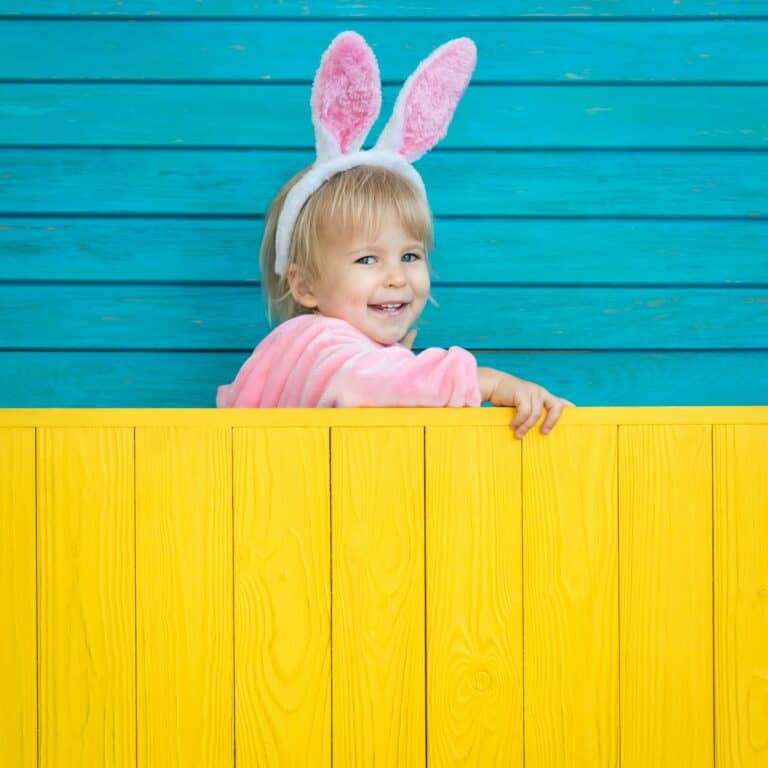Barn Board Painting
Your satisfaction is our priority.

Welcome to our barn board painting service in Ontario. We are a locally owned and operated business that specializes in painting barn boards. We have been in business for over 50 years and have painted thousands of barn boards. We use the highest quality paints and primers and take the time to properly prep and sand your barn boards before painting. We also offer a wide variety of colors to choose from.
Restoring an old, weathered outbuilding takes a little more work than you might expect. It may also need a new foundation, roof or cross braces for added support. But once the structural work is complete and the roof replaced, the last step of the restoration should be a coat of paint, a project that is also a little more work that you might expect.
Unpainted wood is said to have “weathered” which is usually characterized by a washed-out appearance. Barns that have stood for many years without paint may have areas of rot or have splintered or cracked in spots. Before weathered wood can be painted, it will require extensive prep work to ensure that the paint stays on for more than just a couple of years.
Step 1: Prepare the Surface
With old buildings such as 100-year-old barn, pressure wash or scrap to loosen paint. The high pressure of the sprayer will take loose paint and debris or instead of pressure washer the paint can be scraped off by hand using a paint scraping tool. Do keep in mind that old paint may contain lead, and proper precautions should be taken when removing those old fragments of paint.
As you scrape away the paint, this is the time to take note of the wood’s condition. Old, weathered wood that is moist and spongy is said to suffer from “damp” or “wet” rot. Areas that are dry and crumbly are referred to as “dry rot.” Both dry and damp rot are caused by microorganisms that must be removed to prevent the rot from spreading. For smaller areas of rot, cutting away the damaged section and patching it with a wood plug will do. Larger areas of damage may require replacing whole sections of lap siding.
Other damage to look for during the scraping process are warped or twisted planks or extensive cracks in the wood which typically occurs in hot humid climates. These sections of wood should also be replaced.
Step 2: Wire Brush
Once wood has been pressure washed and scraped and the damaged sections replaced, it’s time to grab a wire brush for the next leg of the project.
Wood that has been exposed to weather will eventually break down into a matter of dense fibers that can be scraped loose with a fingernail. Before you can cover up that weathered wood with a coat of paint, those loose fibers must be removed. For larger structures, a wire brush is an easy way to knock off the remaining pieces of paint and surface fibers, while also roughing up the wood’s surface for better paint adhesion.
While you might not want to put this degree of work into prepping your old outbuilding or barn, these are important steps that will ensure a long-lasting paint job and the future longevity of the structure.
Step 3: Apply Caulk Where Needed
Even an old barn can benefit from a little caulking. Caulk prevents water from seeping behind vulnerable areas of the outbuilding and developing into rot.
We used a high-quality acrylic caulk on our barns to seal the corner joints, seams and trim pieces around doors and windows. The caulk not only protects the wood, but gives a nice clean look to the architectural details of the structure by removing shadow lines.
Step 4: Wash It Down with a Hose
Once the caulk has dried, the outbuilding can be given a good rinsing with a garden hose and scrub brush to knock off dirt, sawdust and other debris that may prevent paint from properly adhering. After washing, the building should be allowed to dry thoroughly.
Step 5: Apply Primer
The saying goes that a “paint job is only as good as the primer.” While it may be tempting to slap some paint on the outbuilding and call it good, for a more attractive and long-lasting paint job, applying a primer base coat is an important step that should not be skipped. Primers help to block stains that can seep into your topcoat, provides a clean and uniform finish and will improve topcoat adhesion. Without a primer, the top coat is more susceptible to flaking.
Since barns had been treated with linseed oil in the past, it was recommended that we use a high-quality, oil-based primer, applied in two separate applications at a 24-hour interval. The first application of primer is absorbed immediately into the wood, but the second application of primer does a fantastic job of covering the weathered siding. The two applications of primer were followed with two coats of high-quality exterior latex paint for a clean, smooth finish. Had the barn not been treated with linseed oil, a high-quality latex primer could have been used instead.
Painting an old, weathered building is not an easy overnight task for the do-it-yourselfer and can take several weeks to get it just right. But if you’re an old-house person who loves the look of a historic outbuilding on their property, restoring a weathered old barn is a project most certainly worth doing.

